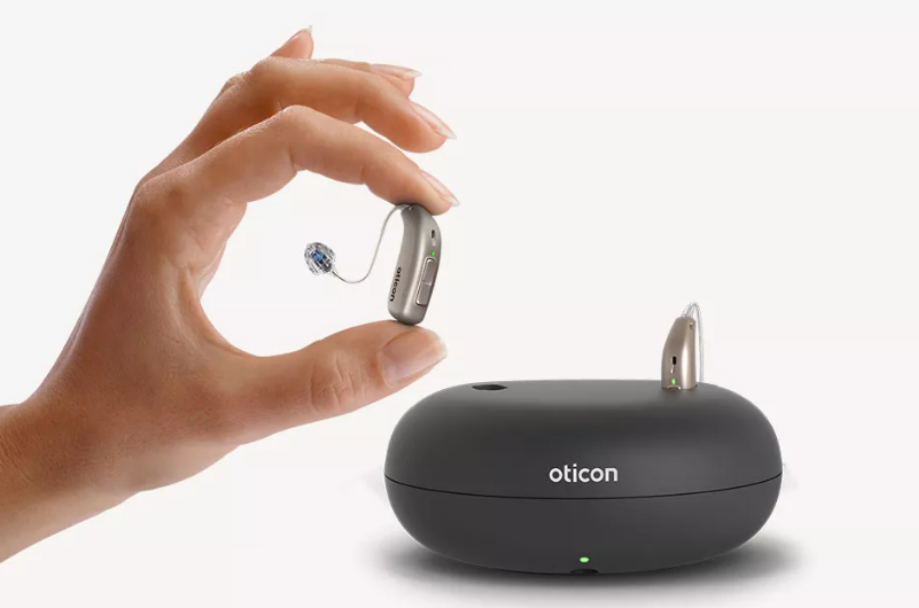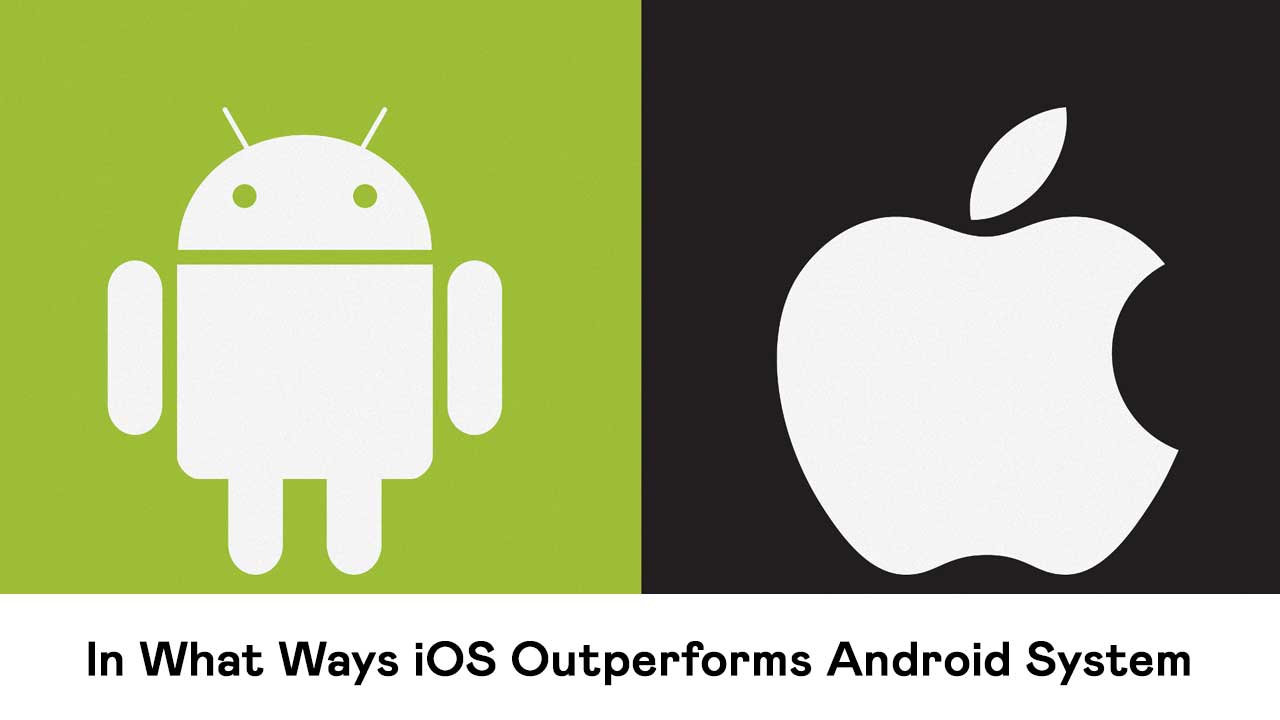The Latest in Hearing Aid Technology: Revolutionizing the Way We Hear
In recent years, advancements in hearing aid technology have significantly improved the quality of life for individuals with hearing loss. From enhanced sound quality to seamless connectivity with other devices, modern hearing aids are more sophisticated than ever before. In this blog, we’ll explore the latest innovations in hearing aid technology and how they are transforming the hearing experience.
Cutting-Edge Features in Modern Hearing Aids
1. Rechargeable Batteries
Traditional hearing aids often require frequent battery changes, which can be inconvenient and costly. Modern hearing aids now come with rechargeable batteries, allowing users to easily recharge their devices overnight, much like a smartphone. This advancement not only reduces the hassle of changing batteries but also contributes to environmental sustainability by reducing battery waste.
2. Bluetooth Connectivity
One of the most significant advancements in hearing aid technology is Bluetooth connectivity. This functionality enables hearing aids to establish wireless connections with smartphones, tablets, televisions, and other devices equipped with Bluetooth technology. Users can stream phone calls, music, and other audio directly to their hearing aids, providing a seamless and integrated listening experience.
3. Artificial Intelligence (AI)
AI-powered hearing aids are becoming increasingly common. These devices use machine learning algorithms to automatically adjust settings based on the user’s environment and listening habits. For example, an AI hearing aid can differentiate between a noisy restaurant and a quiet room, optimizing sound settings accordingly. This results in a more natural and comfortable hearing experience.
4. Improved Sound Processing
Recent innovations in sound processing technology have led to significant improvements in sound clarity and quality. Modern hearing aids can filter out background noise, reduce feedback, and enhance speech recognition. This ensures that users can hear more clearly in a variety of settings, from crowded social gatherings to quiet one-on-one conversations.
5. Remote Adjustments
With the advent of teleaudiology, hearing aid users can now receive remote adjustments and support from their audiologists. Through dedicated apps, users can connect with their audiologist, who can then fine-tune the hearing aids in real-time based on feedback. This eliminates the need for frequent in-person visits and provides users with more convenient care.
6. Tinnitus Masking
Numerous contemporary hearing aids now include features designed to mask tinnitus. Tinnitus, characterized by a persistent ringing in the ears, can be distressing for many individuals. Hearing aids with built-in tinnitus maskers generate soothing sounds that help to mitigate the effects of tinnitus, providing relief and improving the overall hearing experience.
7. Directional Microphones
Directional microphones in hearing aids help to focus on sounds coming from a specific direction while minimizing background noise. This is particularly useful in noisy environments where distinguishing between different sounds can be challenging. By enhancing the clarity of speech and reducing unwanted noise, directional microphones improve the overall listening experience.
Conclusion
The latest advancements in hearing aid technology are making a profound impact on the lives of those with hearing loss. From AI-driven sound adjustments to seamless connectivity with other devices, modern hearing aids offer unparalleled convenience, sound quality, and personalization. As technology continues to evolve, we can expect even more innovative features that will further enhance the hearing experience for millions of people worldwide.
FAQs
Q1: How do rechargeable hearing aids work?
Rechargeable hearing aids come with built-in batteries that can be recharged using a charging dock. Users simply place their hearing aids in the dock overnight, and they are ready for use the next day.
Q2: Can hearing aids connect to smartphones?
Yes, many modern hearing aids are equipped with Bluetooth technology, allowing them to connect to smartphones and other Bluetooth-enabled devices for streaming audio directly to the hearing aids.
Q3: What is the benefit of AI in hearing aids?
AI in hearing aids helps to automatically adjust settings based on the user’s environment, providing a more natural and comfortable hearing experience by optimizing sound settings for different situations.
Q4: How do directional microphones improve hearing?
Directional microphones focus on sounds coming from a specific direction while minimizing background noise, enhancing speech clarity and making it easier to hear in noisy environments.
Q5: What is tinnitus masking in hearing aids?
Tinnitus masking features in hearing aids generate soothing sounds that help to mitigate the effects of tinnitus, providing relief from the persistent ringing or buzzing sounds.
Q6: Can hearing aids be adjusted remotely?
Yes, with teleaudiology, audiologists can make remote adjustments to hearing aids through dedicated apps, providing users with convenient and timely care without the need for in-person visits.
Q7: Are modern hearing aids more environmentally friendly?
Yes, modern hearing aids with rechargeable batteries reduce the need for disposable batteries, contributing to environmental sustainability by minimizing battery waste.









